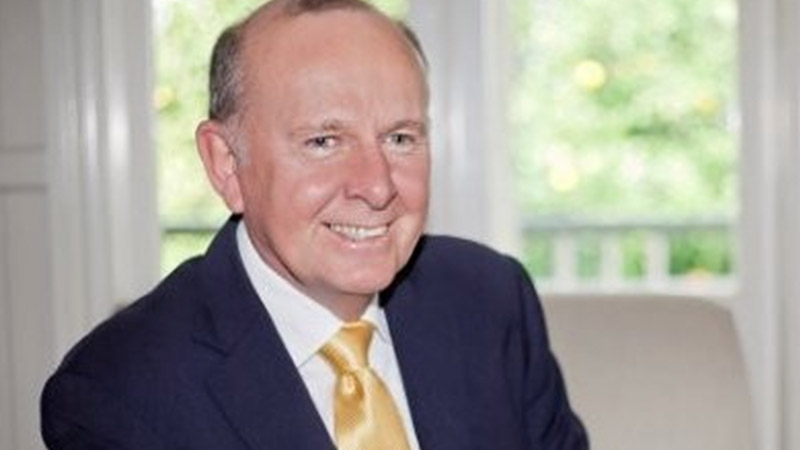Trustees should consider portfolio insurance
SMSF trustees would do well to consider taking out “portfolio insurance” during the current sharemarket volatility, as serious corrections can take years to recoup from an investment perspective, according to a Brisbane-based fund manager.
Pentalpha Investment Management executive chairman and head of investments Denis Donohue told SMSF Adviser that by utilising put options, SMSF trustees could gain cash-like returns with the benefit of income similar to that produced from pure equities.
“Interest [in portfolio insurance] falls into two main areas — superannuants looking for equities-like yield plus modest inflation-fighting growth, but without the usual downside volatility of Australian shares; and secondly, investors with cash reserves set aside offsetting fixed liabilities like tax bills, house deposits and insurance claims reserves,” Mr Donohue said.
“They want the higher returns of equities but must be certain their capital available is as close to 100 cents in the dollar as possible at all times.”
The fund manager’s research showed that over the periods where shares fell more than 10 per cent — which had happened 10 times over the last 25 years — it would take at least six weeks for trustees’ portfolios to reach the same level as before the market correction.
The worst of these corrections was after the global financial crisis, where the market took almost five years to fully recover.
Mr Donohue said given the sharp highs and lows seen in the equity market currently, it was prudent for SMSF members to consider protecting their sharemarket positions.
“Interest in our protected dividend income strategy is growing. The advice sector and even unadvised SMSF trustees have started to question how much longer this run on the ASX will continue,” he said.
“Sharp market reversals are a fact of history and they do affect retirement incomes. Retirees, foundations and self-managed funds should ask themselves how they can protect capital.”
Mr Donohue said the fund manager’s strategy involved selling exchange-traded put options on shares, which was funded by selling stock calls.
“Trustees particularly need to know that a risk-managed strategy will not track the market closely. It is more akin to a total return product employing equity hedging rather than the normal market-linked high-yielding share portfolio,” he said.
“The insurance cost of the protection is also expected to largely be self-funding, but in particularly weak markets when it is working hardest, it could rise a few per cent.”
Mr Donohue added that SMSF trustees tended to allocate around 10 per cent of their portfolio to the strategy, with a long-term investment horizon in mind.









